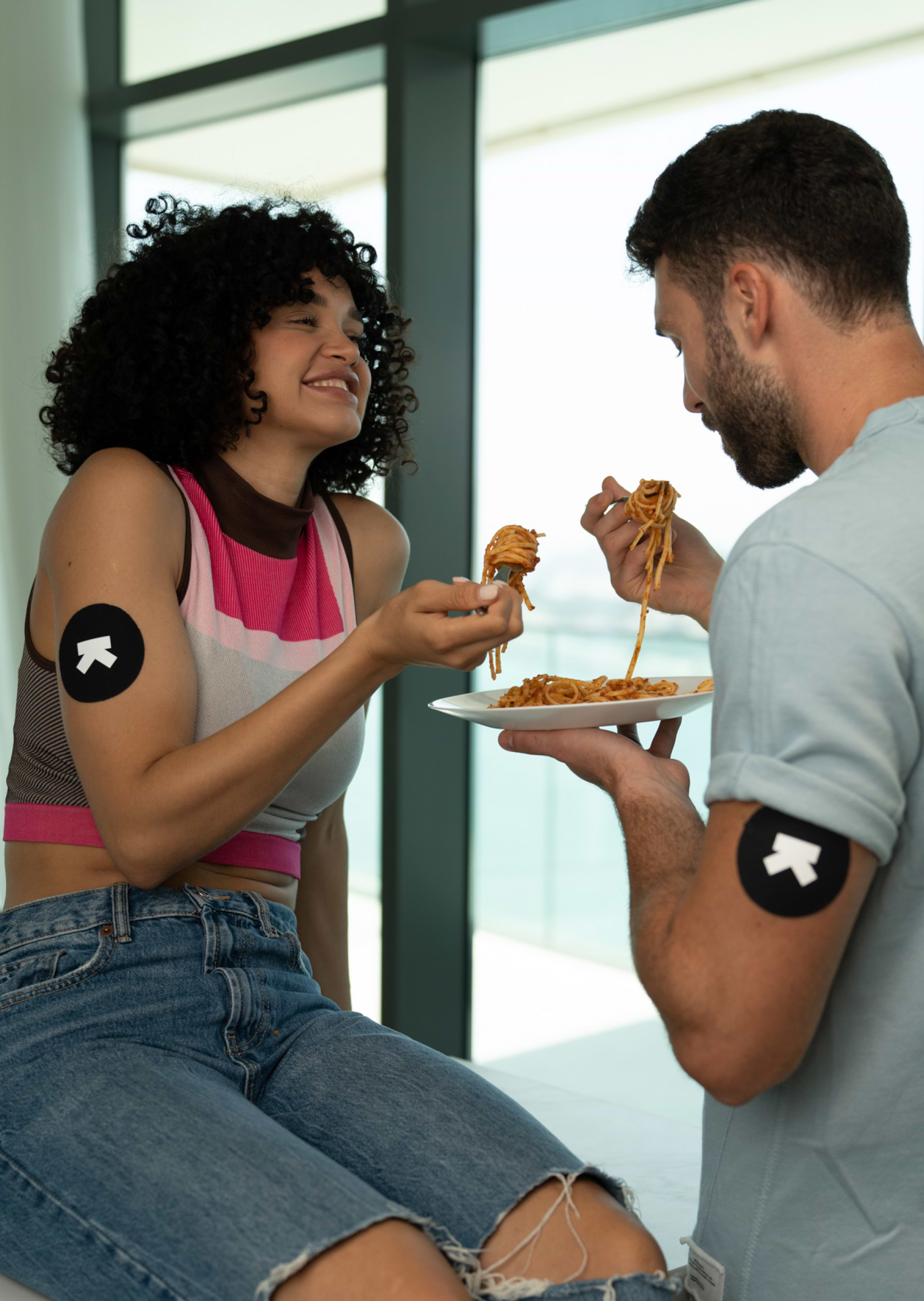
Generic - Khichdi (1 cupcooked)
Dinner
151 mg/dL
avg. peak value
Usually causes a medium spike
Avg. Food Score on Ultrahuman App
Ultrahuman Users got an UNSTABLE response
How to consume Generic - Khichdi without glucose spikes
Portion Control
Reduce the portion size of the khichdi to help manage the glucose spike. Smaller portions lead to a slower release of glucose into the bloodstream.
Incorporate Protein
Add a source of protein such as lentils or beans to your khichdi. Protein slows down digestion and helps in stabilizing blood sugar levels.
Add Healthy Fats
Include a small amount of healthy fats like nuts, seeds, or a drizzle of olive oil. Fats can slow the absorption of carbohydrates.
Increase Fiber
Boost the fiber content by adding vegetables like spinach, broccoli, or cauliflower to your khichdi. High fiber slows carbohydrate absorption.
Include a Side Salad
Accompany your meal with a salad made from leafy greens, cucumbers, and tomatoes. The fiber in vegetables can help control glucose spikes.
Stay Hydrated
Drink water before and after your meal. Proper hydration can aid in digestion and help manage blood sugar levels.
Eat Slowly
Chew your food thoroughly and eat at a slower pace. This promotes better digestion and can prevent rapid spikes in blood sugar.
Balance Your Meals
Include other low-carbohydrate and high-fiber foods such as quinoa or barley as a side dish to balance out the carbohydrates in khichdi.
Monitor Timing
Try to avoid eating khichdi on an empty stomach or as your first meal of the day. Eating it as part of a balanced meal with other nutrients can moderate the glucose response.
Physical Activity
Engage in light physical activity like walking after meals to enhance glucose uptake by muscles and reduce blood sugar levels.

Find Glucose response for your favourite foods
Explore OGDbDiscover
metabolic
health with M1
Ultrahuman M1 helps you measure the impact of food and activity on your body in real time through glucose as a biomarker.
Explore Ultrahuman M1Your cart is empty
Browse through our products and find something for you.

The concept of using CGM to guide your training and food plan is brilliant. The app is also very well laid out.
Rakannan - user since Jul 2021

I didn't follow any fancy diet, yet managed to educate myself around food, and built a sustainable & healthy lifestyle.
Athif Hasan - user since Sep 2021

Ultrahuman M1 has done what meal plans and diets have failed to do; make me better without all the restrictions.
Anwar Shai - user since Jun 2021
10% off on your first purchase
Subscribe to our WhatsApp for the latest updates and offers, and enjoy 10% off on your first purchase.